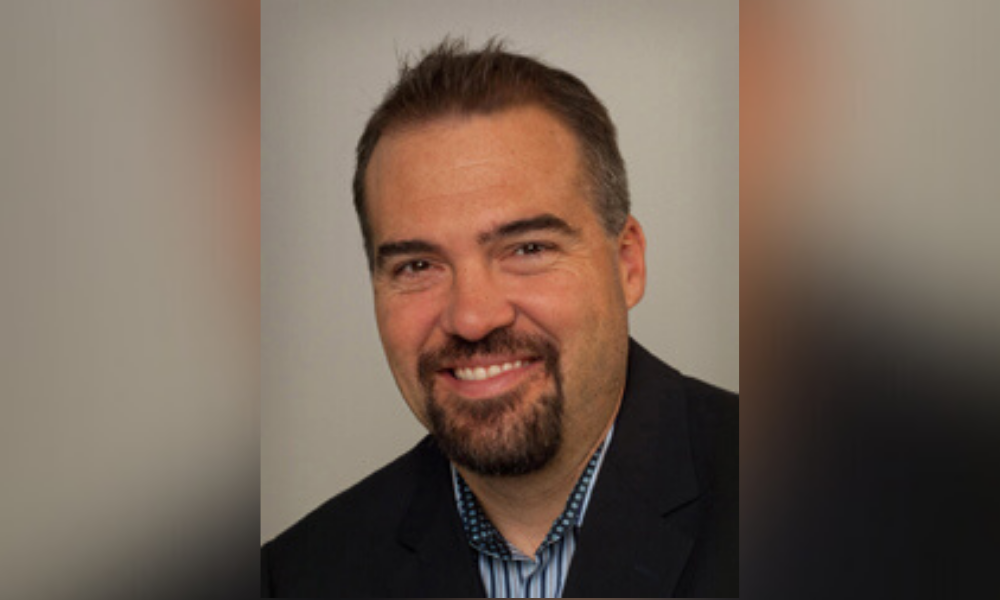Founder explains how the technology improves life for traders

Agile Trading Technologies grew out of a desire to move away from the telephone. Specifically, its principals wanted to automate trades and transactions involving mortgage-backed securities.
“I always wanted to move from phones to an electronic interaction with broker dealers … for efficiency, and then because you’re doing trades in very large sizes, we want to remove any possibility of human error of transcribing what’s verbally said on the phone,” said Phil Rasori (pictured), CTO and COO of Agile Trading Technologies.
Agile’s founders are Rasori and Curtis Richins, chief operating officer and president, respectively of Mortgage Capital Trading (MCT), a mortgage hedge advisory and secondary marketing software firm based in San Diego. Richins also serves as Agile president and CEO.
Agile is a separate, standalone entity from MCT. It is a member of the Financial Industry Regulatory Authority (FINRA), a broker dealer and a request for quote (RFQ) platform that digitizes the trading of to be announced (TBA) mortgage-backed security contracts.
A broker dealer is a person or firm that buys and sells securities either for its own account or for customers.
Read more: MCT makes two key appointments
Agile grew organically out of a multi-year desire to improve trader processes at MCT, a 20-year-old hedge advisory firm and industry stalwart that has 300 hedge advisory lenders for which it conducts business.
As Rasori recalled, initial work on what became Agile started in 2017. The driving factor: trading by phone can be an imperfect process, particularly with large volumes.
“Bad things can happen if there are errors. If you’re in an electronic platform, because everybody’s on the same database to record, the trade checkout process is a lot more efficient and reliable,” Rasori said. “We wanted to make that move.”
As much as other industry sectors have embraced technology, mortgage trading for smaller markets hasn’t necessarily followed suit to the same degree.
“The phone has been dominant for decades,” Rasori said. “It took MCT and our market scale to basically tell the dealers that hey, this is how we’re going to interact moving forward.”
The process was a gradual one.
“We started by just removing the four elements of communication in a trade, and we moved those from the phone to electronic, so there’s just a one-to-one communication,” Rasori said.
Read next: Residential mortgage loan trading platform plots growth
That means one of MCT’s traders, or one of its TTS clients, instead of calling up a broker dealer, would enter a trade request, and the broker dealer then updated the level in the company’s system.
The basic platform was built in 2018 and by 2019 its principals moved to use it in a competitive bidding structure, where MCT would send out one trade request to many broker dealers, rather than just one.
“Initially we were a little bit concerned that this would cause an uproar in the… regional broker dealer community,” Rasori said. The opposite happened, he noted, with many asking to join the competitive auction process rather than going it alone. They wanted to move as far away as they could from the telephone.
With phone transactions, broker dealers traditionally had a good relationship with a given lender that could shut others out of a trade. A trading platform helped democratize the process, Rasori explained. “It’s unique [for] a live trading MBS RFQ platform to be browser based.”
Open source
“Broker dealers can approve the system a lot easier from a security standpoint because they don’t have to download any software,” Rasori explained.
Before Agile became a standalone entity, it had about 290 lender clients under the MCT banner. It has attracted eight new ones since it became independent. There are also 13 participating broker dealer clients.
The broader market includes a number of large platforms dealing with primary broker dealers who are household names and require a “very large” net worth, Rasori said. He argued that Agile fills a market gap by going a different way, targeting small to midsized mortgage bankers that “do not have the ability to best execute on their hedge positions.”
In other words, small and midsize mortgage bankers gain a tool for securitizations that they didn’t widely have before. What’s more, many still use the telephone.
‘The only competing method out there right now [for small to midsize mortgage bankers] is the phone,” Rasori said. “We strongly believe that electronic trading is superior.”



